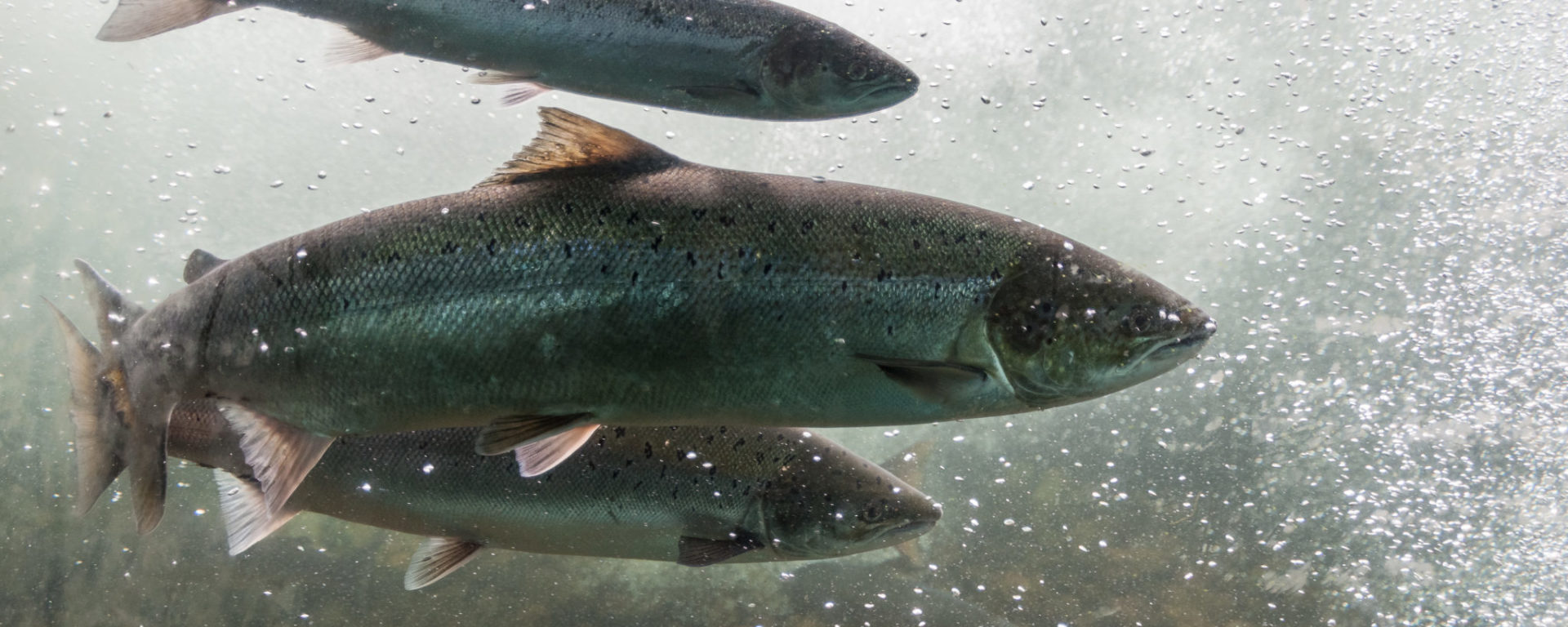The Wolastoq River, also known as the St. John River, is the second longest river on the eastern seaboard, flowing from Northern Maine in the U.S., across the border into Canada and eventually emptying into the Atlantic Ocean. A century ago, North Atlantic salmon thrived within this system, but the combined pressures of hydroelectric dams, overfishing, declining water quality, and climate change have led to the species’ decline: it is now considered an endangered species in both the U.S. and Canada. The Maliseet Nation (also known as the Wolastoqiyik, “people of the beautiful river”) and their traditional lands extend across the international border, and salmon has an important role in Maliseet culture.
In this session of our Connecting for Conservation webinar series, panelists explored how the Maliseet nation formed a collaborative international committee of Indigenous nations, Canada and the US federal representatives, and other NGO partners for the benefit of the Wolastoq River watershed and the species that depend on it. The speakers also shared their work to create an Interim Statement of Cooperation and their efforts to develop a Statement of Stewardship.
Chief Ross Perley, Chief of the Tobique First Nation
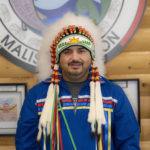
Chief Perley is the Chief of the Tobique First Nation of the Maliseet Nation, the largest rural Wolastoqiyik and Maliseet Nation reserves in New Brunswick, Canada. The Tobique First Nation (Neqotkuk) is located along the northern shore of the Tobique river, one of the major watersheds of the Wolastoq River. Learn more about Chief Perley.
Chief Clarissa Sabattis, Chief of the Houlton Band
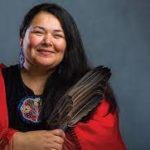
Chief Clarissa Sabattis is Chief of the Houlton Band of Maliseet Indians, in Maine. She is an RN, and since being elected in 2017 has been focused on ensuring tribal sovereignty and self-governance for her people, while navigating the effects of Covid-19 on her community. Learn more about Chief Sabattis.
Ken Moraff, Director, Water Division, EPA New England Region
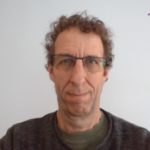
Ken has led major environmental projects such as including the Boston Harbor and Charles River cleanups and has helped EPA develop innovative approaches to complex challenges including nutrient pollution and contaminated stormwater runoff. He worked previously with EPA-New England’s enforcement program and the City of Cambridge, MA. Learn more about Ken.
This webinar is produced in partnership with the Maliseet Nation Conservation Council.
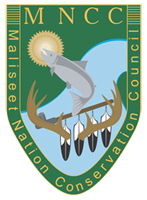
Dates
| Date | Start Time | End Time |
|---|---|---|
| April 6, 2022 | 12:00 pm | 1:15 pm |
Contact Information
Jen Kovecses: jen.kovecses@colostate.edu
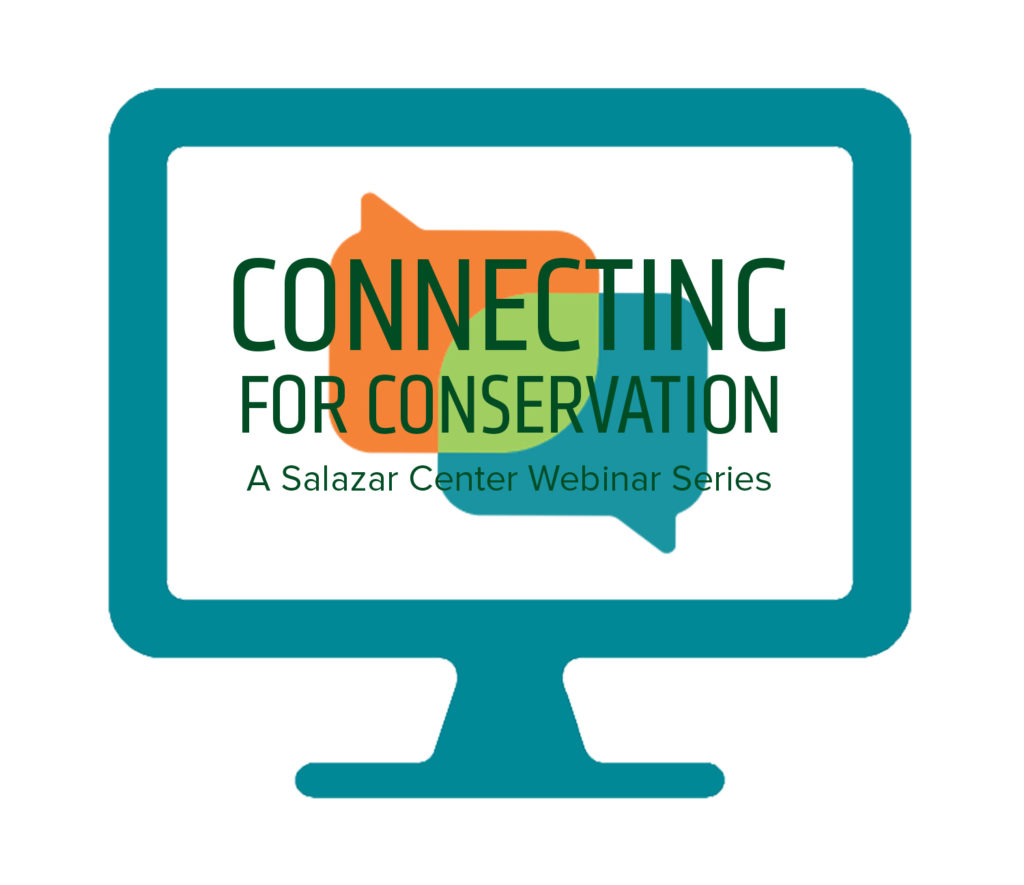
Key Themes
- Community-based conservation
- Crossing boundaries
- Indigenous conservation
